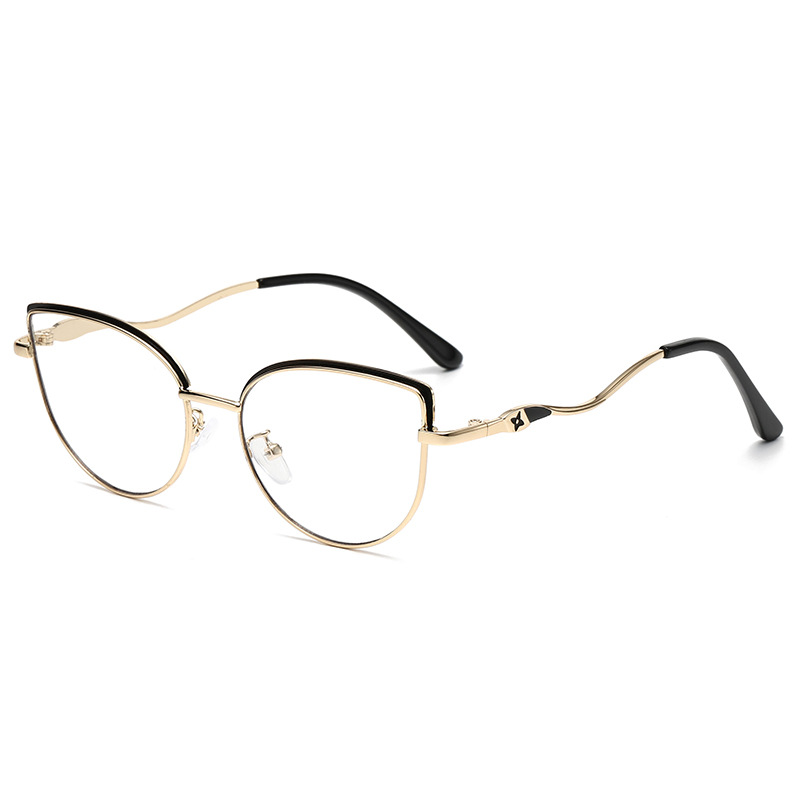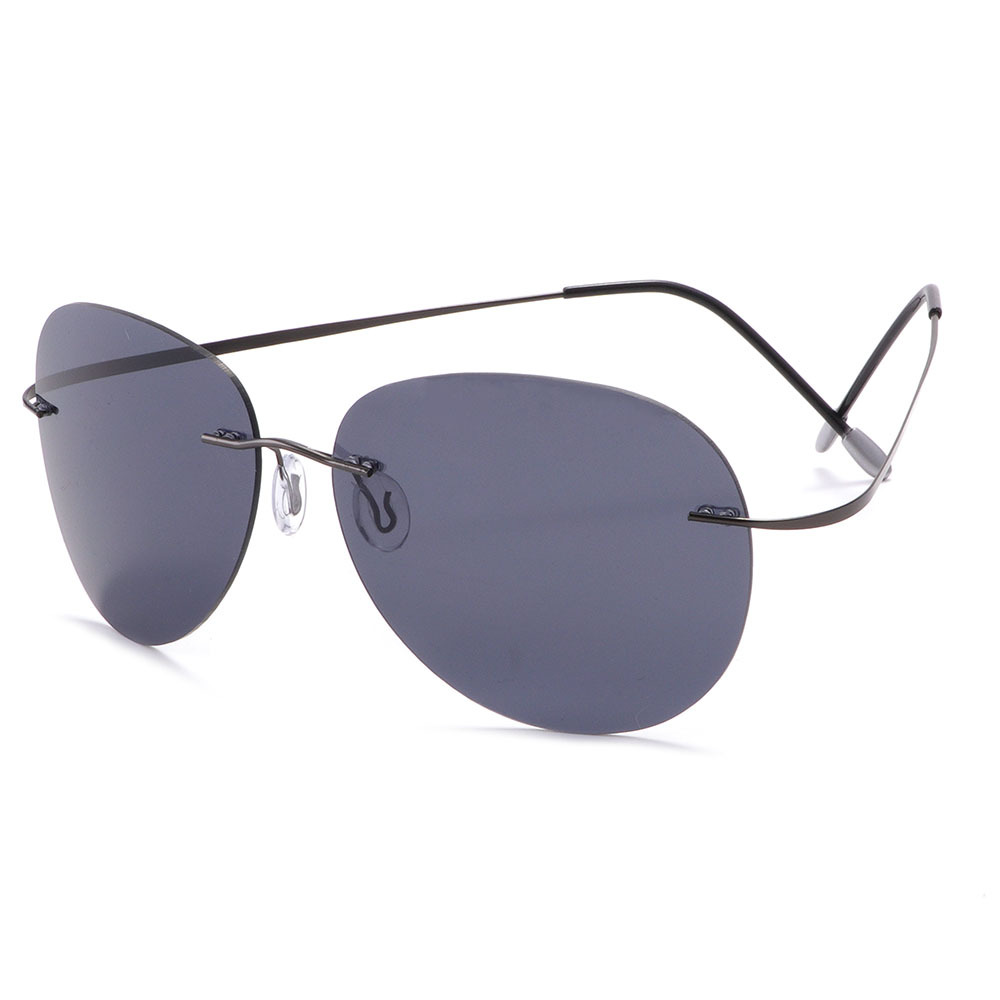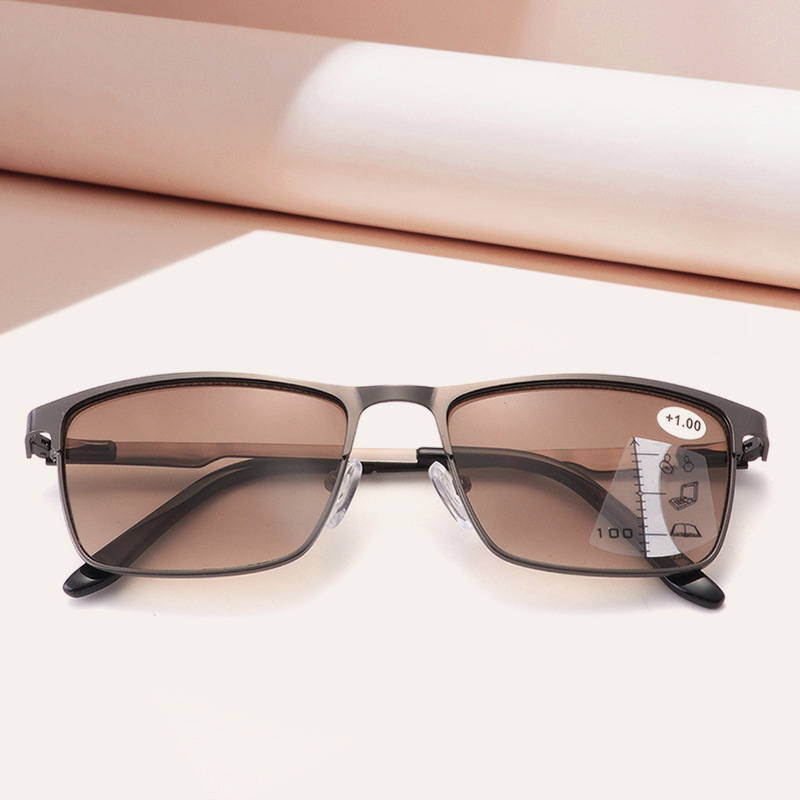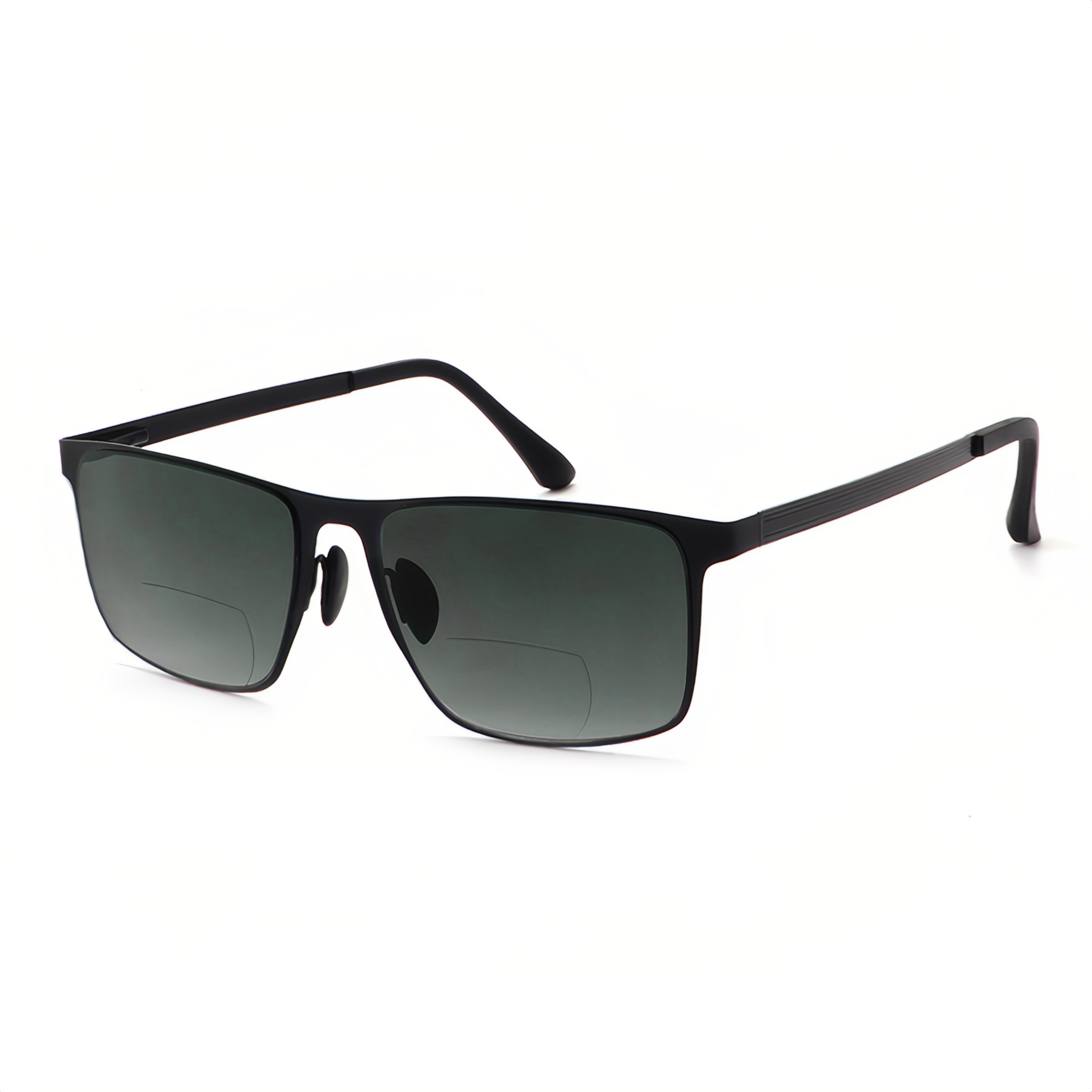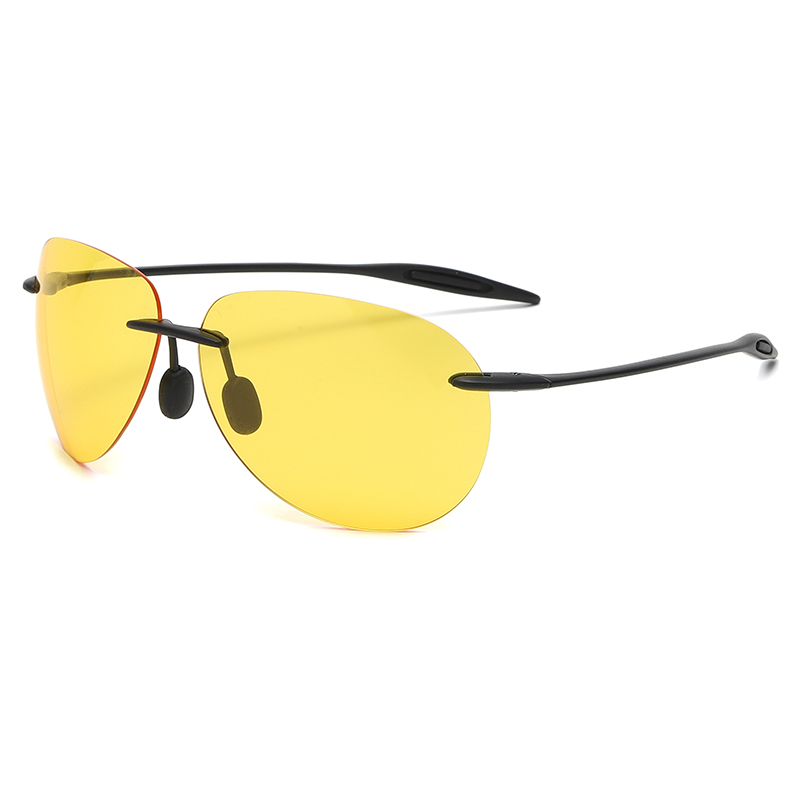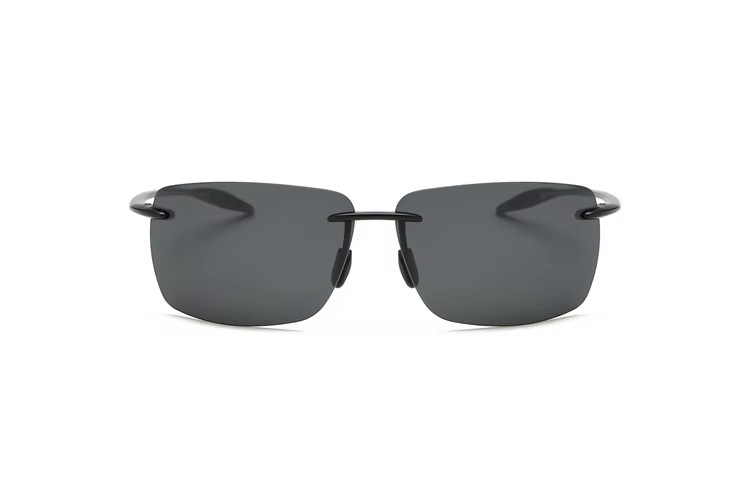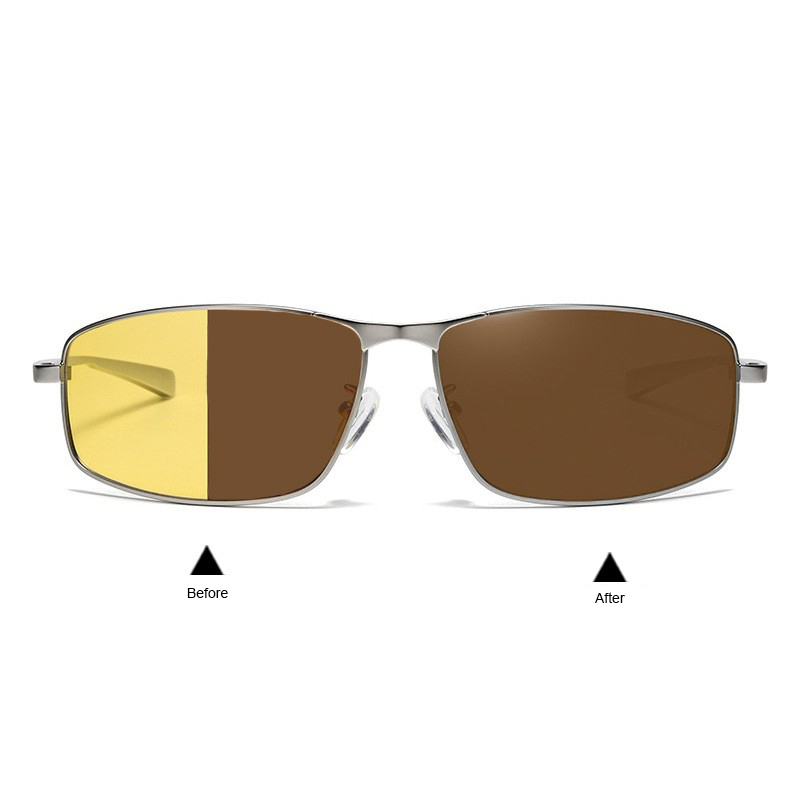Why is it called sunglasses?
The term “sunglasses” quite literally means glasses for the sun. Their primary purpose is to filter out a significant portion of the sun's harmful rays, particularly ultraviolet (UV) light. Prolonged exposure to UV rays can lead to various eye problems, including cataracts, macular degeneration, and photokeratitis (a painful condition similar to a sunburn of the eye). Sunglasses act as a shield, reducing the amount of UV radiation that reaches our eyes and thus helping to maintain good eye health.
The concept of protecting eyes from the sun's glare has a long history. Ancient Inuit people crafted “snow goggles” made from animal bones or ivory. These goggles had narrow slits that allowed only a small amount of light to enter, protecting their eyes from the intense glare of sunlight reflected off snow, which could otherwise cause snow blindness. Although these early goggles were quite different from modern sunglasses in appearance and material, they served a similar purpose of shielding the eyes from the sun's harsh light, laying the groundwork for the development of what we now call sunglasses.
In the 18th century, James Ayscough began experimenting with tinted lenses. While his initial intention was more for correcting vision problems and protecting eyes from harsh light in general rather than specifically targeting the sun's rays, his work was a significant step forward. He believed that blue - or green - tinted glass could correct certain vision impairments and reduce the strain on the eyes caused by bright light. These tinted glasses were an early form of eyewear that could be considered a precursor to modern sunglasses.
It wasn't until the 20th century that sunglasses as we know them today really took off. In the 1920s, the use of sunglasses started to gain popularity among the general public, especially among outdoor enthusiasts. The invention of celluloid, a type of plastic, made it possible to produce lightweight and affordable frames, which contributed to the wider adoption of sunglasses. By the 1930s, the military had a major influence on the development of sunglasses. Pilots needed eyewear that could reduce the glare and protect their eyes at high altitudes where the sun's rays are more intense. Bausch & Lomb developed a special type of sunglass lens, known as “Ray - Ban Aviators,” which became an instant hit not only among military pilots but also with the public. These sunglasses were specifically designed to block out the sun's harmful rays, further emphasizing their connection to the sun in their name and function.
Today, sunglasses come in a vast array of styles, colors, and lens technologies. From polarized lenses that are excellent at reducing glare from water and shiny surfaces to photochromic lenses that change their tint depending on the intensity of sunlight, the options are diverse. However, regardless of their specific features, the core function of sunglasses remains the same - to protect our eyes from the sun.
In conclusion, the name “sunglasses” is a simple yet accurate descriptor of these eyewear products. They are designed to combat the sun's rays, whether it's the intense sunlight on a beach, the glare from snow - covered landscapes, or the bright light during a drive. Over time, from the primitive snow goggles of the Inuit to the high - tech, fashion - forward sunglasses available today, their purpose of shielding our eyes from the sun has remained constant, making the name “sunglasses” a fitting and timeless one.


